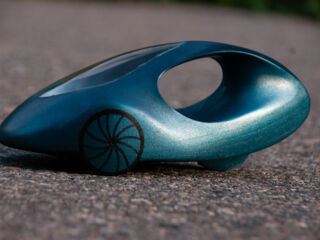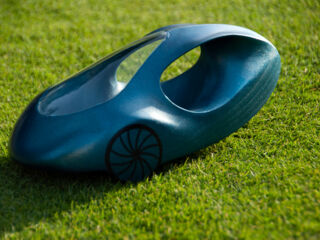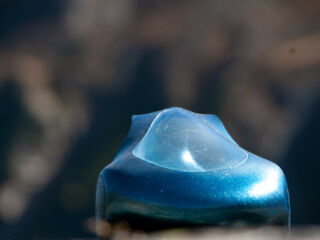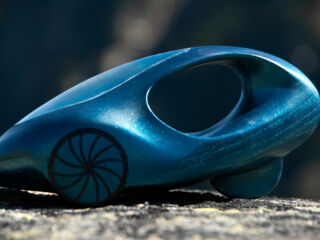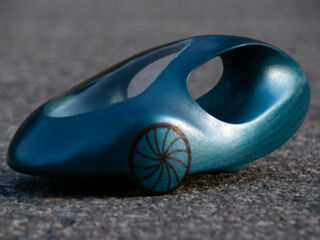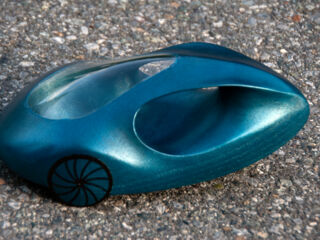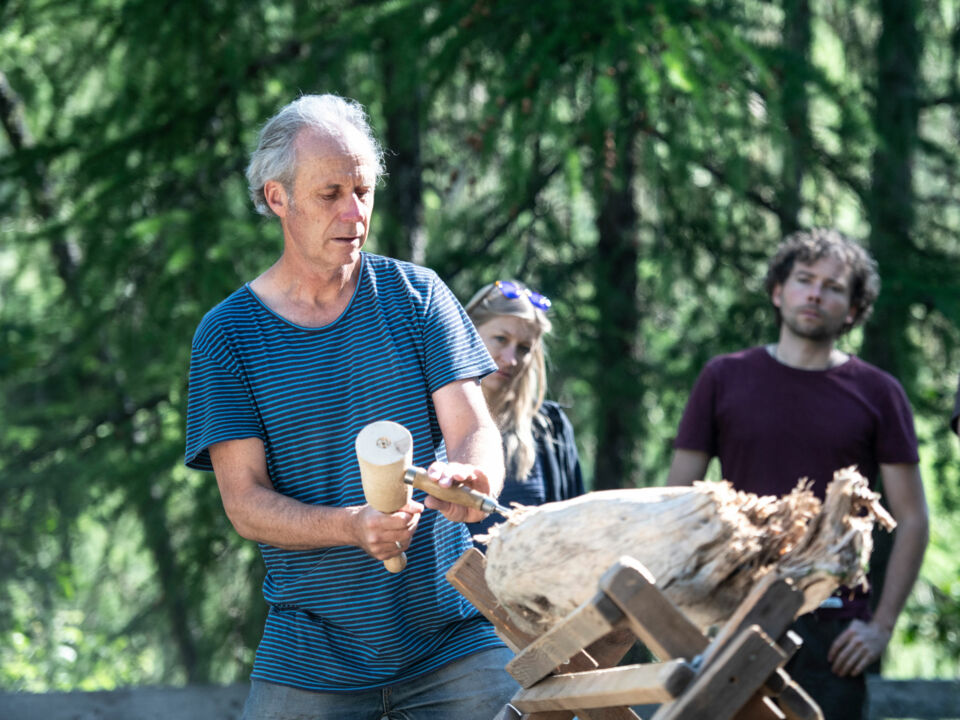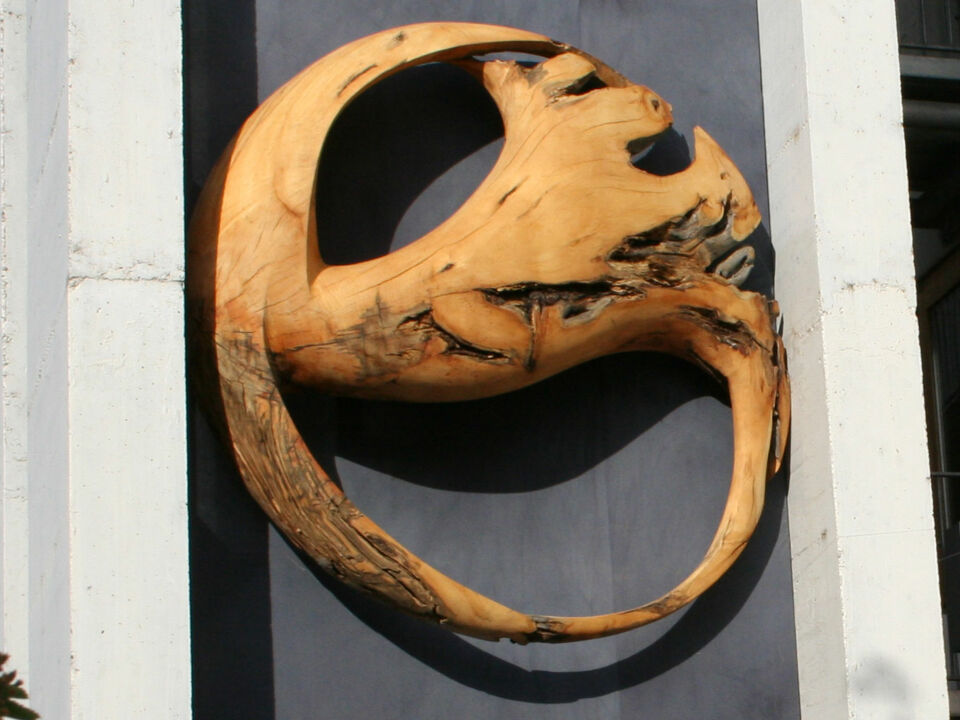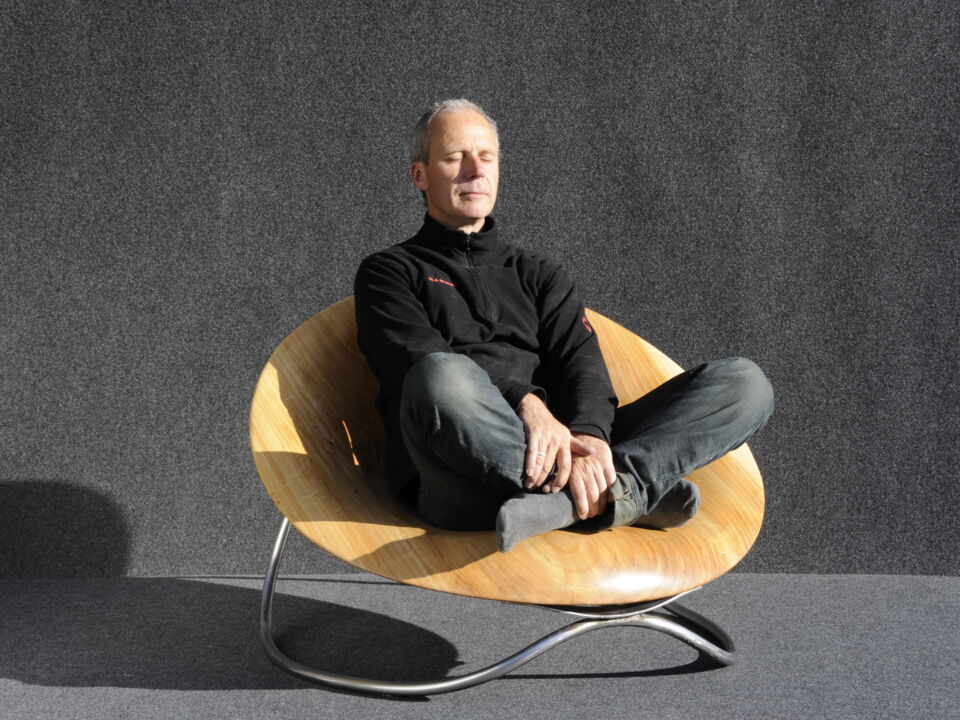The automobile has made breathtaking mobility possible for everyone. At the same time, we are stuck in traffic jams with huge vehicles, wasting resources and fueling climate change with our exhaust fumes.
If we were consistent and sensible, we should only walk or cycle. The bicycle is of course unbeatable in terms of efficiency and sustainability. It is light, takes up little space and promotes our own mobility. The disadvantage: it is slow, unprotected and has a high air resistance.
